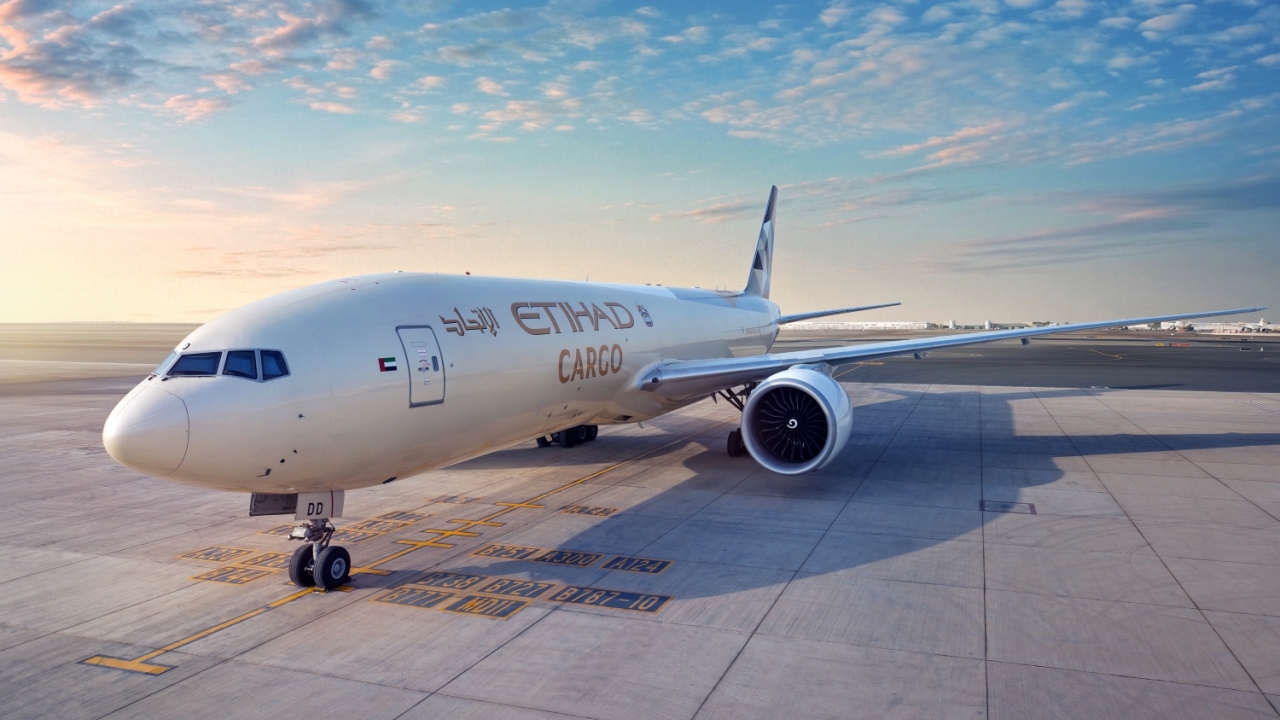DXB caps off 2016 with a record 83.6 million passengers

With monthly passenger traffic breaching the 7-million mark six times during the year, including the historic 7.72 million traffic in August, DXB’s annual traffic in 2016 totalled 83,654,250 passengers, compared to 78,014,838 in 2015, a robust growth of 7.2 per cent. The surge of travellers during the holiday season boosted monthly traffic in December to 7,706,351, up 9.3 per cent compared to 7,053,243 recorded in December 2015.
During 2016 a number of new airlines, including Nepal Airlines Corporation and Rossiya launched services to DXB, while 11 new passenger destinations were added to the hub as a result of network expansion by flydubai, Emirates and other international carriers.
Spurred by capacity increase and the launch of new services by Spice Jet, Jet Airways, Air India and other carriers, India continued to lead as Dubai’s single largest destination country for the full year with 11,440,215 passengers in 2016, up 10.1 per cent compared to 10,391,376 passengers recorded in 2015. Saudi Arabia took the second spot with 6,086,158 passengers (+11.3 per cent) just marginally overtaking the UK at 6,061,342 (+6.7 per cent). In terms of destination cities connected to DXB, London took the top spot from Doha with 3,751,596 passengers, while Doha clocked 2,999,762 passengers followed closely by Mumbai with 2,357,103 passengers.
In terms of percentage growth in 2016, the top regions were Eastern Europe (17.5 per cent) – spurred by ongoing growth on routes to the region and network expansion by Emirates, flydubai and other airlines, Asia (11.4 per cent), and the Indian subcontinent (9.5 per cent).
DXB also leads the way globally in terms of the average number of passengers per flight which reached 209 during 2016, up 4 per cent from the same period in 2015. The average number of passengers per flight during December 2016 was 224, up 7.1 per cent compared to 209 recorded in December 2015.
Aircraft movements in 2016 reached 418,220 compared to 406,705* in 2015, up 2.8 per cent. Monthly aircraft movements in December 2016 totalled 36,065, up 1.6 per cent compared to 35,491* movements during the same month in 2015, an increase of 5.9 per cent.
After registering contraction throughout the third quarter, cargo volumes recovered in the last three months of 2016, rounding off the year with 2,592,454 tonnes in freight, up 3.4 per cent compared to 2,506,092 recorded during 2015. DXB handled 230,122 tonnes of cargo in December 2016, an increase of 5.4 per cent compared to 218,408 tonnes recorded during the same month in 2015.
Paul Griffiths, CEO of Dubai Airports, said, “After emerging as the world’s number one airport for international passengers in 2014, DXB has firmly established itself as the leader in that category. With our new forecast for 89 million passengers in 2017, DXB is closing the gap on Atlanta and Beijing for the top spot in overall traffic. We continue to enable that growth and enhance the passenger experience with top flight infrastructure, streamlined processes and technology. Our focus in 2017 and beyond will be on making the airport experience even more delightful, engaging and comfortable for our customers. Our DXB Plus programme will see a series of new and unique initiatives and technologies introduced at the airport to make DXB not only the busiest but also the world’s best international airport.”
Analyst Saj Ahmad commented: “Dubai International Airport has once again cemented its place as the world’s busiest international airport with over 83m passengers handled in 2016.
“The continued organic growth policies employed by the two biggest incumbents in Flydubai and Emirates has helped to proliferate new routes while external competitors from India and beyond have also added flights into Dubai and increased capacity, helping to swell passenger numbers.”
Ahmad added: “Based on current growth rates, Dubai International is well ahead to hit the 100m passenger target before 2020. It is likely that this year, Dubai International will handle 90m or more passengers with relative ease.
“The challenge however remains opening up more military airspace for commercial use to help ease traffic flows into the UAE. With the second phase of extended development at Dubai World Central to start later this year, expanding that airport becomes even more of a priority, particularly as Dubai International edges closer to maximum capacity.”
Stay up to date
Subscribe to the free Times Aerospace newsletter and receive the latest content every week. We'll never share your email address.

